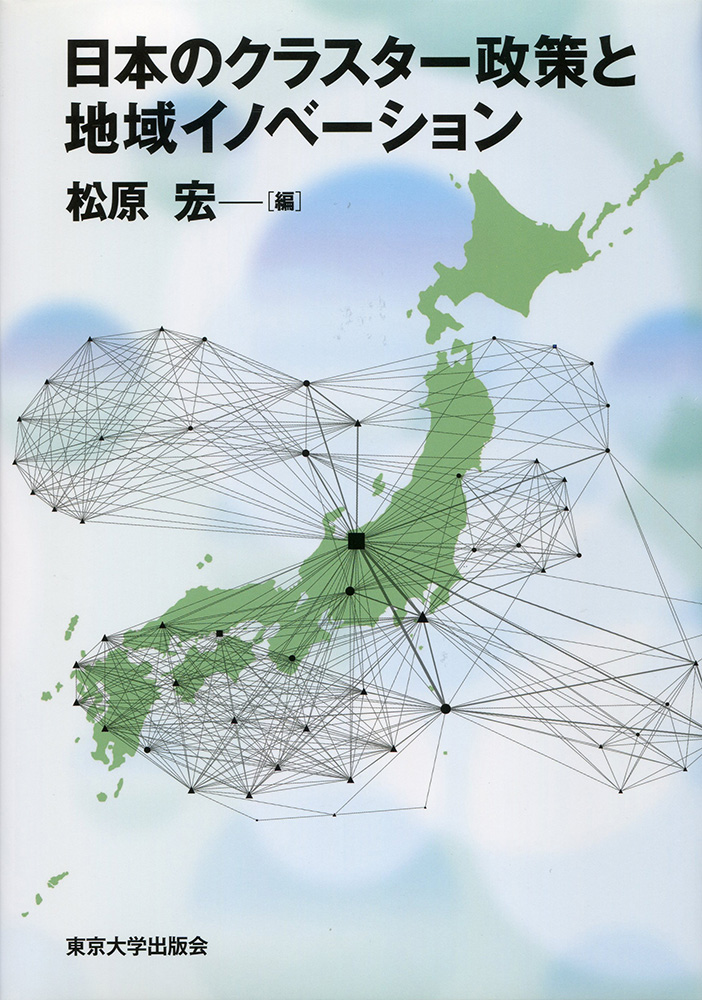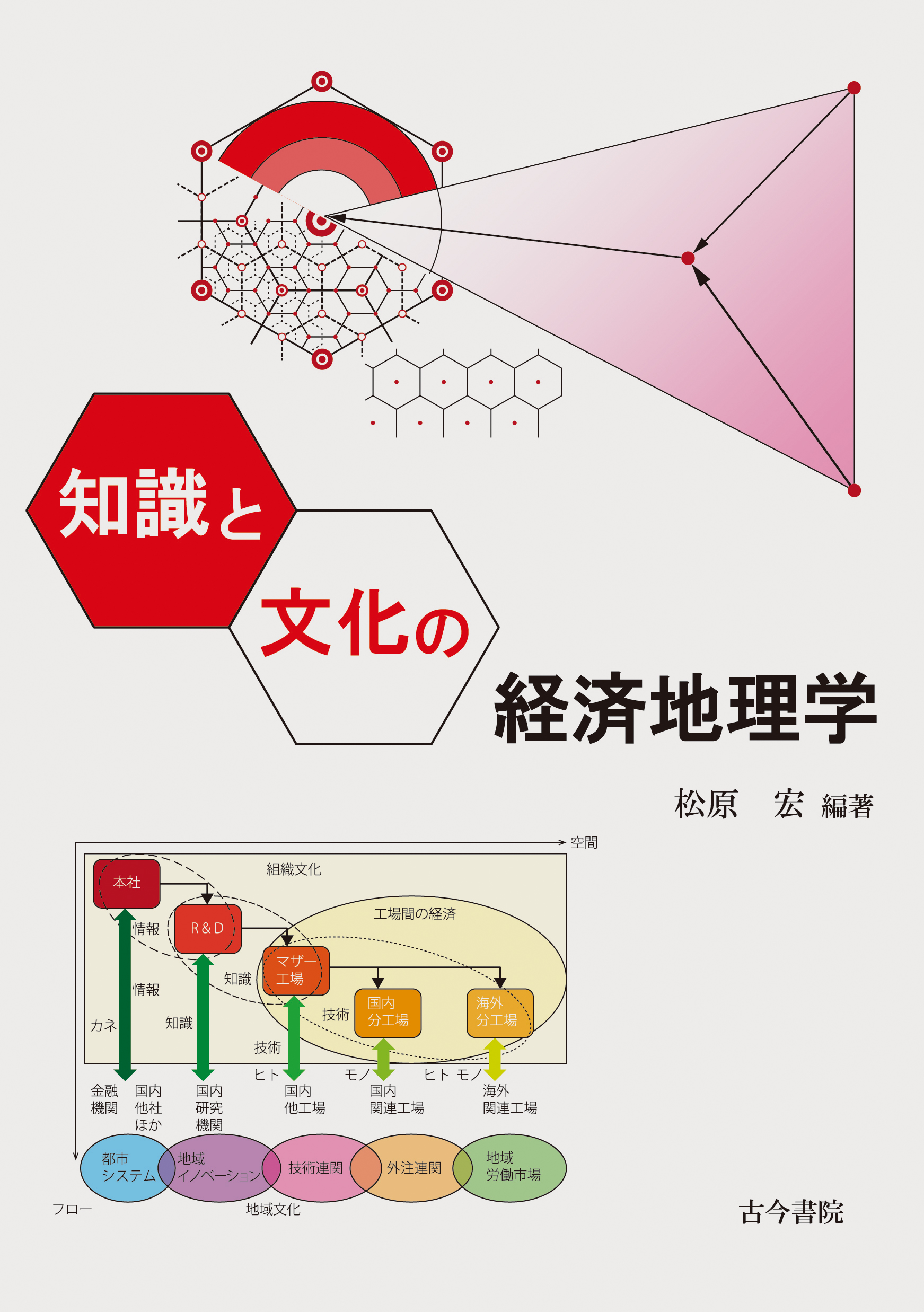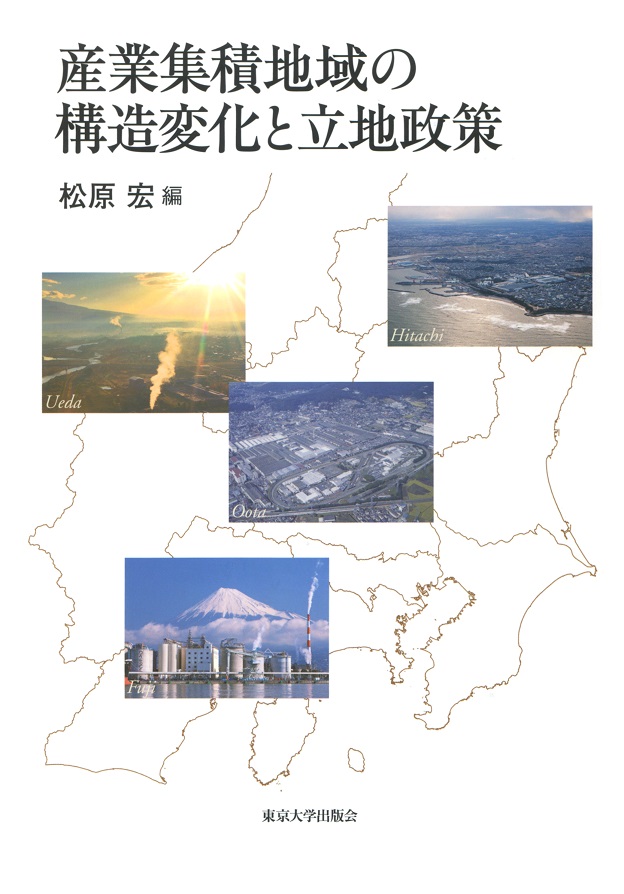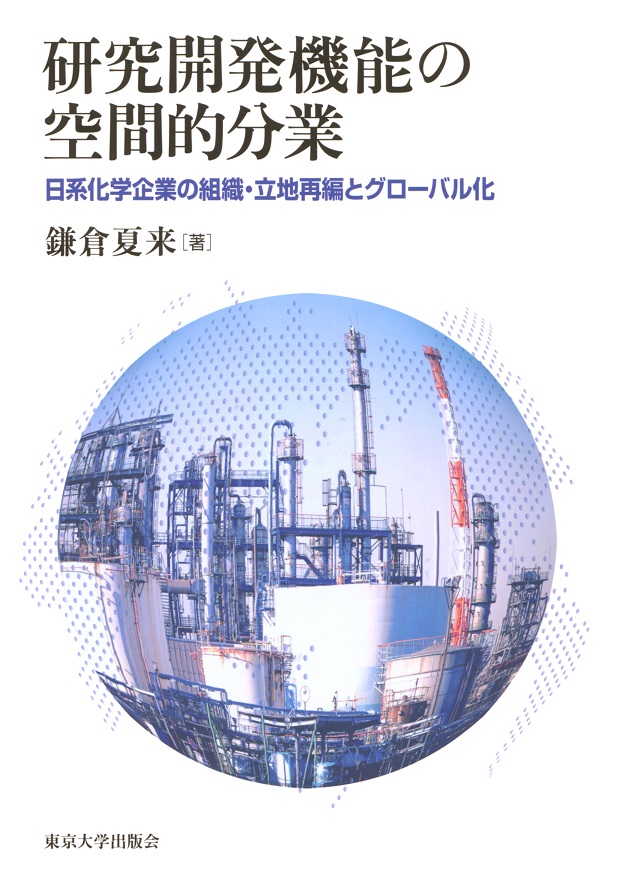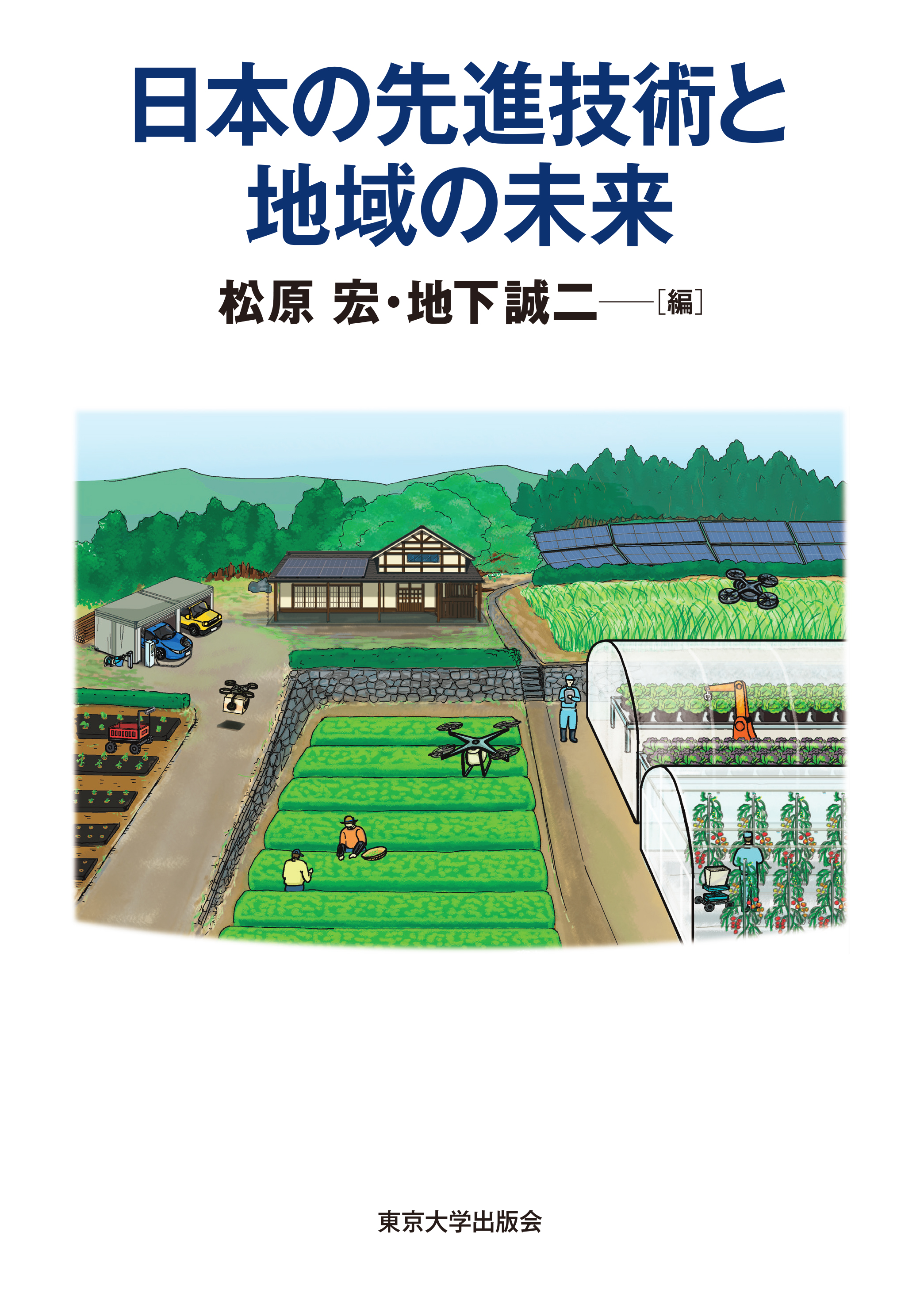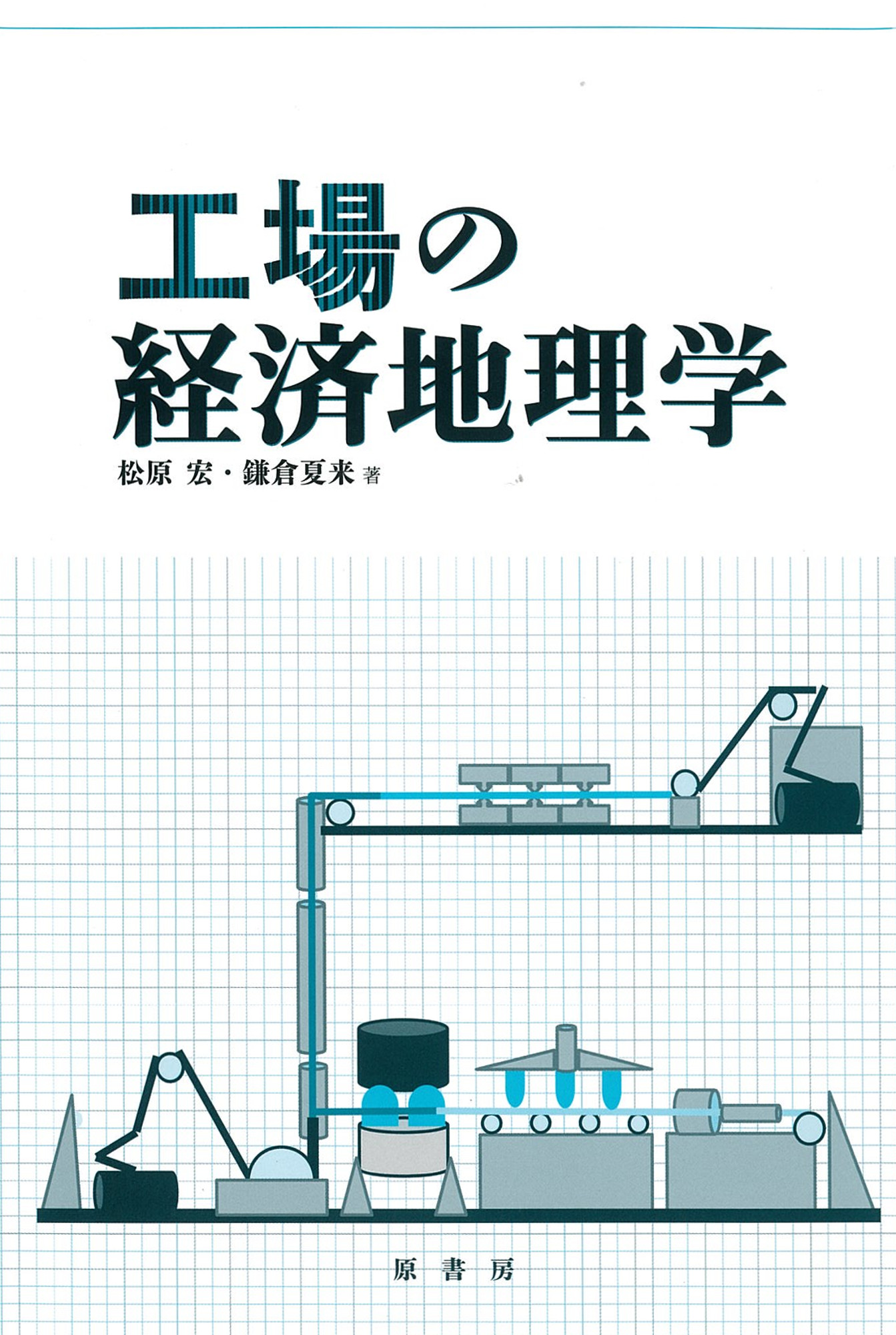
Title
Kōjō no Keizai Chirigaku (The Economic Geography of Factories)
Size
248 pages, A5 format
Language
Japanese
Released
June 10, 2016
ISBN
978-4-562-09206-2
Published by
Hara Shobo
Book Info
See Book Availability at Library
Japanese Page
In recent years, factory visits are becoming increasingly popular as student assignments over the summer holidays or as centerpieces of industrial tourism. To the country and municipal governments, factories are important sources of employment and tax revenue and are the target of policies aimed at attracting factories and, in recent years, supporting factories so as to avoid closures. Despite being familiar entities and important targets of policy, very few scholarly books have focused wholeheartedly on factories. This book elucidates the characteristics and challenges of factories by shining the spotlight on factories from the standpoint of characteristic internal processes and layout, the function of factories and their role in companies, their role in local communities, and their contribution to international competitiveness.
Since the establishment of the Headquarter for Overcoming Population Decline and Vitalizing Local Economy in Japan in September 2014, government ministries and agencies as well as municipal governments have placed greater emphasis on dealing with the depopulation society and are being tasked with creating appealing jobs in local communities. To this end, policies have been put forth to move away from the overconcentration of central functions in Tokyo and to encourage people to relocate to rural areas and companies to move main office functions to rural areas. However, it is difficult to move functions once they have concentrated in a certain location. In response to these circumstances, this book focuses on the function of factories that are already in place and examines how the evolution of factories can be promoted through policy. Opportunities are increasing to discover factories that may appear old but that, are, in fact, “mother factories” that disseminate new products and new technology to overseas factories or factories that are actually hubs comprising both production and research functions.
Naturally, such factories do not exist everywhere. The reality is undoubtedly severe, with many factories being forced to close amid the stormy seas of international competition. That said, numerous factories in Japan have overcome all manner of hardship and have continued to vigorously survive while changing their products or function. This book focuses on the entrenchment in local communities and evolution of such core factories and, while examining such factories from a theoretical standpoint, attempts to capture the actual state of affairs from the point of view of industry and local community with the aim of identifying future policy issues.
The first half of the book provides various statistical data to paint a picture of the current state of affairs and challenges facing factories in Japan and the changing siting of factories in main industries. The second half of the book, which focuses on rural areas, describes the current state of factories in outskirts of Tokyo and in rural areas. Chapter 6, among others, discusses unique efforts in terms of manufacturing process and factors that underlie factory robustness by examining more than 30 factories in various industries based on records of factory visit surveys using factory charts and photographs. The final chapter summarizes the history of Japanese industry location policy. Our hope is to persuade readers of the importance of factory evolution when thinking about the future of the Japanese economy.
(Written by MATSUBARA Hiroshi, Professor, Graduate School of Arts and Sciences / 2018)



 Find a book
Find a book


